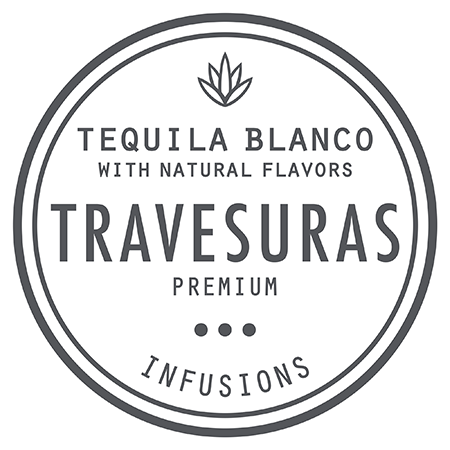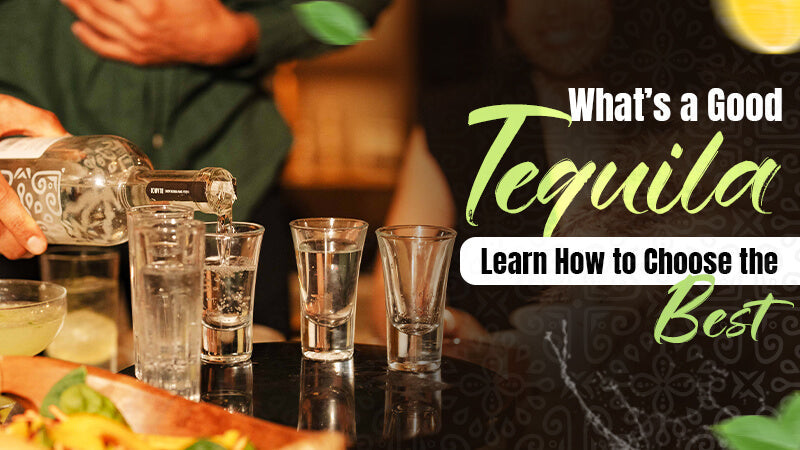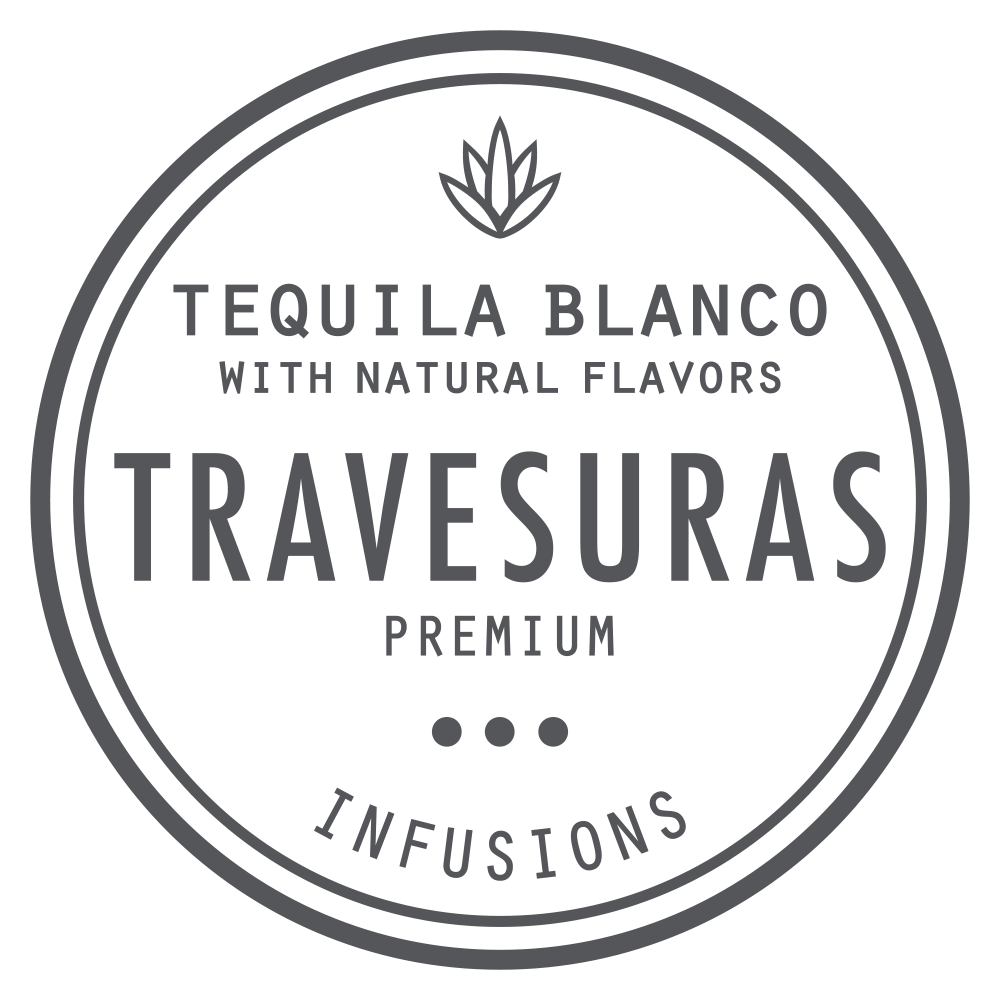If it’s about agave spirits, nothing beats Mexico’s tequila. It’s the undisputed king. Already one of the most celebrated spirits in the USA, if not worldwide, tequila is the primary ingredient in Margaritas, Palomas, and many classic cocktails. Over the last few years, numerous celebrities have hopped on the tequila bandwagon, rolling out their own bespoke brands and drawing even more attention to an already thriving arena. But, here’s the truth – not all tequila is worth your time. Some are regrettable, some are forgettable, and some make you close your eyes, exhale, and possibly reconsider your entire life. What’s a good tequila, then? It’s the one that forces you to stop, savor, and appreciate the craft!
100% Blue Agave: A Sign of Excellence
If it doesn’t contain 100% Blue Weber agave, it isn’t real tequila. Imposters shouldn’t be tolerated. Besides, if you’re going to pay, why settle for something inferior? The right tequila is smooth, layered, and doesn’t need a gimmick. If the label doesn’t have “100% agave” printed on it, there’s no need to buy it.
No Additives: Quality Doesn’t Need Nonsense
Some tequila brands try to distract you with glycerin, caramel coloring, or synthetic flavors. That’s cute, but you’re smart. The best infused tequila doesn’t play dress-up. There’s no artificial nonsense. Just pure agave doing what it does best.
Perfectly Crafted: The Importance of Processing

A good tequila brand doesn’t manufacture its product by accident. It’s intentional and borderline obsessive in the best possible way. If you’ve tasted low-quality stuff before, you’ll feel the difference as soon as genuine tequila touches your tongue.
1. Slow-Cooked Agave Enriches Flavor
Fast food is a heartthrob, but not so much for tequila. Cooking agave slowly and steadily in traditional ovens brings out deep, caramelized flavors that hit different. Tequila prepared in a rush tastes rushed, and you don’t want any of that.
2. Naturally Fermented for a Balanced Taste
Good tequila is soulful. Natural fermentation lets wild yeast do its thing. What’s a good tequila? It’s one where wild yeast creates layers of flavor that don’t need fixing. Shortcuts bulldoze right over that magic, and we don’t do shortcuts.
3. Distilled in Copper Pots for Pure, Smooth Perfection
Cheap, low-quality distillation leaves behind stuff you don’t want. Copper pot stills, however, refine tequila down to its cleanest, silkiest form. That’s how you get that dangerously smooth sip that lingers just enough to keep you returning.
4. The Value of Smoothness and Flavor Balance
If it punches you in the throat and leaves you gasping for water, it isn’t the one. A swig from the right lemon tequila bottle glides. It’s balanced, smooth, and has just enough warmth to make you appreciate every sip. A good sipping tequila is one that doesn’t fight you. Instead, it welcomes you, lingers just right, and leaves you wanting more.
Types of Tequila: The Differences in Quality
Even tequila has personalities! Some are bright and wild, some are moody and deep, and some are so refined, you almost feel ashamed drinking them. The only thing that separates amateurs from connoisseurs is knowing the difference.
• Blanco (Silver): This is a wild one. It’s unaged, untouched, and unapologetically pure agave flavor. Crisp, fresh, and full of character. If you like your tequila bright and untamed, this is where you should begin. Blanco is also great for making cocktails like Winter Tequila Sangria and Tequila Screwdriver.
• Tequila Infusions: Not many are familiar with infusions. They’re actually Blanco tequila infused with 100% natural flavors from fruits like lemon, mango, and watermelon. Check out our collection at Tequila Travesuras. Infusions can also be made using flowers, vegetables, and spices.
• Reposado: A bit of patience goes a long way, wouldn’t you agree? A few months in oak barrels smooths out the edges, adding soft vanilla and spice without losing that agave soul. Think of it as a perfectly broken-in leather jacket.
• Añejo: Things get a little serious with Añejo tequila. Aged at least a year, this variant is richer, deeper, and smoother. Notes of chocolate, caramel, and oak sneak in, making it perfect for sipping slowly.
• Extra Añejo: Extra Añejo is luxurious, indulgent and definitely worth it. Aged three years or more, Extra Añejo is tequila in its most refined form. If you’re drinking this, you know you’ve tasted something extraordinary.
• Pink Tequila: Pink tequila is intriguing, indeed. It brings a unique twist, kissed by red wine barrels for a touch of fruitiness and a stunning color that turns heads. It’s unexpected, mysterious, and incredibly fun to drink.
Picking the Best Tequila for Your Taste
You wouldn’t sport hiking boots when you’re wearing a tux, right? So, why would you drink the wrong tequila for the occasion? Whether you’re crafting a cocktail or savoring a slow sip, picking the right bottle is an art.
Tequila for Cocktails vs. Sipping
Not every type of tequila needs to be cradled in a fancy glass while you contemplate the joys of life. Some shine in a margarita, others deserve a moment of stillness. Know the difference.
Best Tequila for Cocktails
You want something bold and daring to hold its own but also smooth enough to mingle. A solid Blanco with bright, peppery notes brings the party. What about Reposado? It adds a bit of warmth and spice. Stay away from the fancy aged bottles. You want tequila that plays well with others. What would be a great tequila drink, then? You can never go wrong with a classic margarita with fresh lime and quality Blanco.
Best Tequila for Sipping Neat or on the Rocks
If you want a tequila that’s meant to be appreciated slowly, reach for Añejo or Extra Añejo. They’re smooth, rich, and have the right amount of oak influence. These are the ones that don’t need a mixer. A good pink tequila is a statement piece, too.
Signs of High-Quality Tequila
A high-quality bottle of tequila doesn’t rely on gimmicks or shortcuts. It doesn’t leave a weird aftertaste, either. If it burns like regret, it isn’t the one.
What’s a good tequila? We say it’s one that’s naturally sweet, has a perfectly balanced flavor, and boasts a finish that lingers just long enough to make you smile. Look for brands that prioritize craftsmanship over marketing tricks. And, don’t forget. The label should say “100% Agave.” If it’s vague, it’s probably cutting corners.
Must Read: What Drink Goes Good with Tequila? The Best Accompaniments for Tequila Travesuras
Q1. Is tequila gluten-free and suitable for special diets?
A1. Yes. Tequila made from 100% Blue Weber agave is naturally gluten-free and safe for most diets, including vegan and keto. Always check the label for additives.
Q2. What’s the difference between tequila and mezcal?
A2. Both are agave spirits, but tequila uses only Blue Weber agave, while mezcal can use many varieties. Mezcal is often smoky due to underground roasting, unlike tequila’s cleaner flavor.
Q3. How should tequila be stored once opened?
A3. Keep tequila upright in a cool, dark place, tightly sealed to prevent oxidation. Unlike wine, it doesn’t improve with age after opening, so enjoy within a year.
Q4. Does price always reflect tequila quality?
A4. Not always. While premium bottles may highlight craftsmanship, some affordable 100% agave tequilas offer excellent quality. Price often reflects branding or aging, so focus on authenticity and taste.
Q5. What food pairs best with different types of tequila?
A5. Blanco pairs well with seafood and citrus dishes. Reposado complements grilled meats. Añejo and Extra Añejo shine with chocolate, caramel desserts, and aged cheeses, enhancing their rich, complex flavors.
- View: 86
- Categories: Noticias


